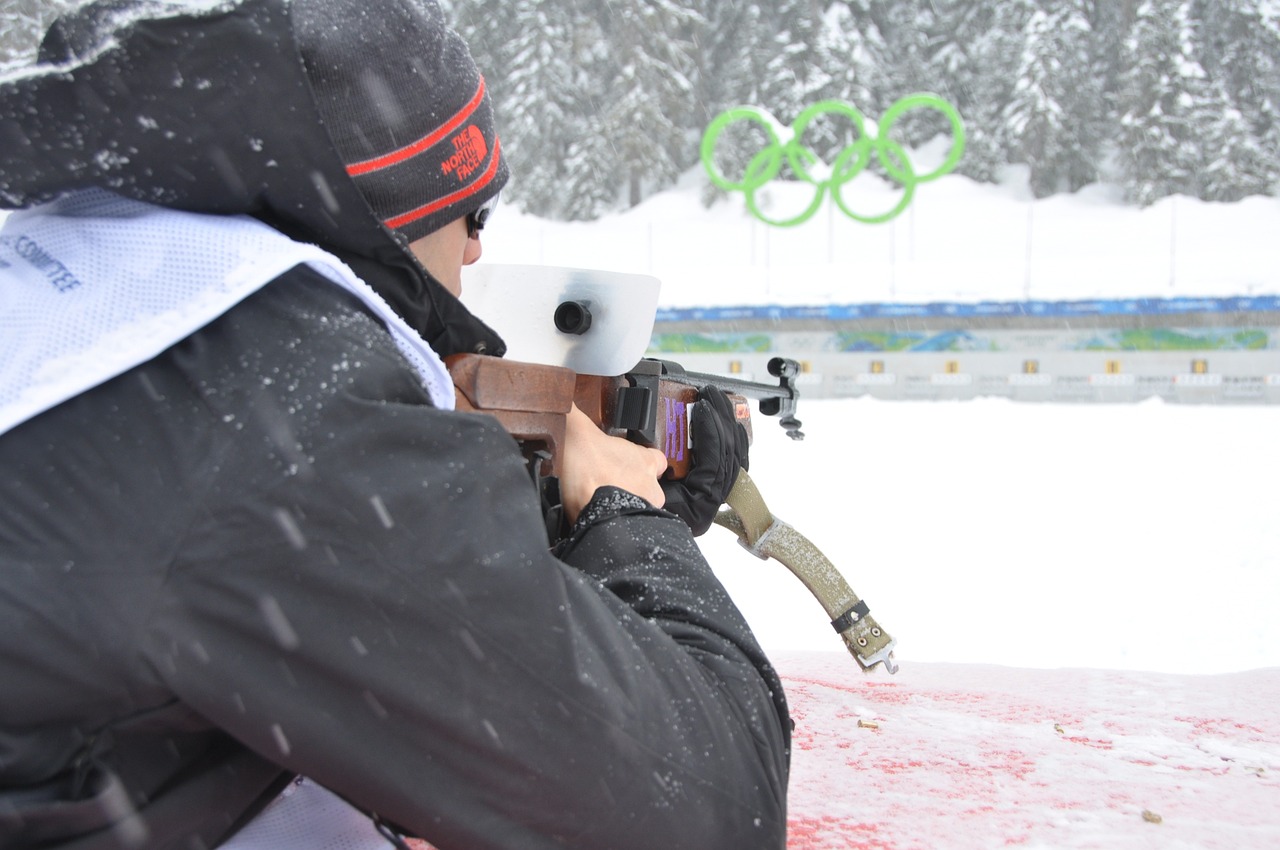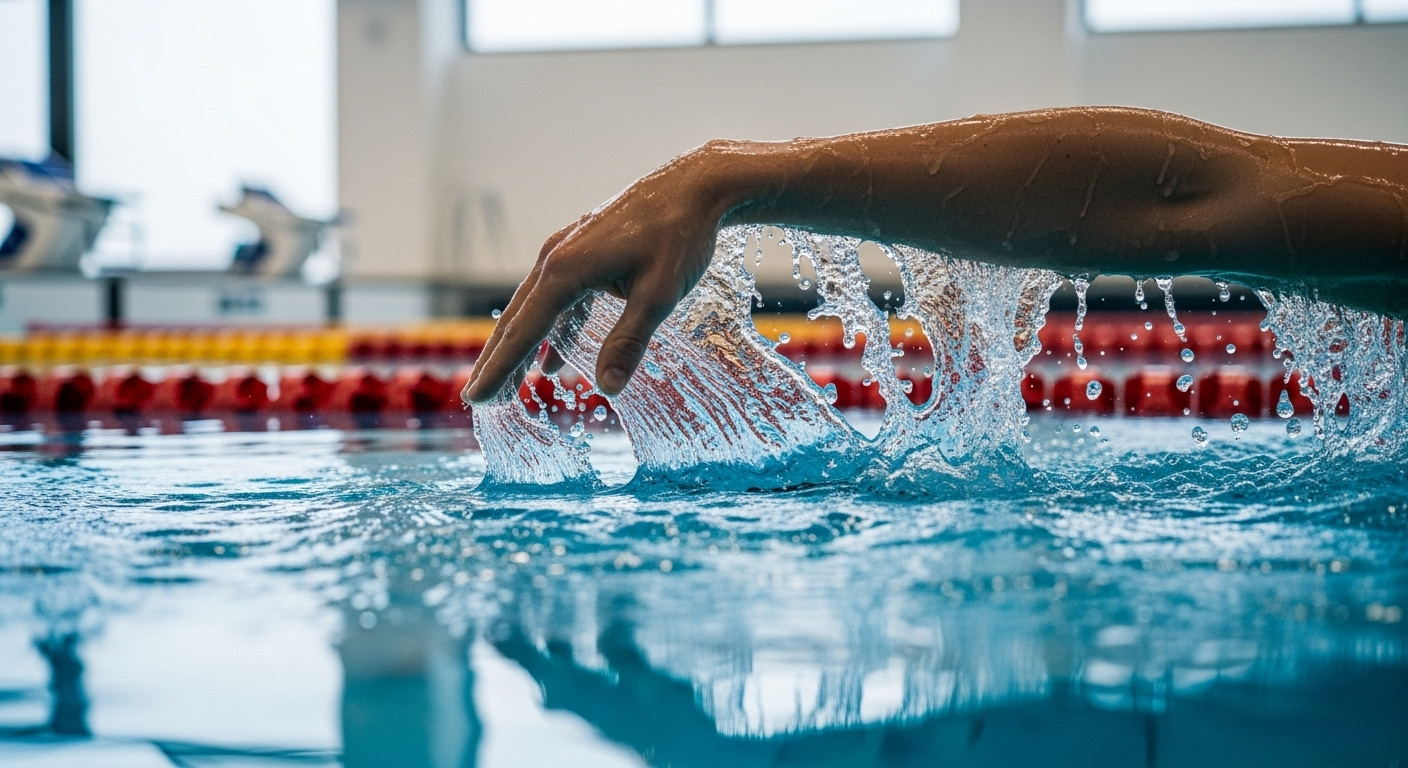Unraveling the Intricacies of Biathlon: A Test of Skill, Endurance, & Precision
In the pantheon of winter sports, one discipline tests the limits of human endurance, precision, and mental fortitude like no other—Welcome to the world of Biathlon. A compelling fusion of cross-country skiing and rifle shooting, this sport requires an intriguing blend of physical stamina and mental acuity.

Birth and Evolution of Biathlon
The roots of Biathlon can be traced back to the snow-covered terrains of Scandinavia, where people used to hunt on skis with rifles slung over their shoulders. This hunting method evolved into a military training exercise and eventually caught the attention of sports enthusiasts. Biathlon was first introduced in the Winter Olympics in 1960 and has since evolved, with women’s categories introduced in 1992 and several format changes implemented.
A Peek into Modern Biathlon
Today, Biathlon stands as a thrilling sport that combines the grueling endurance of cross-country skiing with the focused precision of rifle shooting. The sport comprises several formats, including individual races, sprints, pursuits, mass starts, and relays. The unique challenge lies in the transition from high-intensity skiing to the calm, steady focus needed for shooting, making Biathlon an intriguing test of contrasting skills.
The Science Behind Biathlon
The sport of Biathlon demands a unique blend of aerobic and anaerobic fitness. Athletes must possess the endurance for cross-country skiing, involving major muscle groups and requiring high levels of cardiovascular efficiency. Conversely, the shooting component demands controlled breathing, steady nerves, and precise motor control. Research has indicated that the most successful biathletes are those who can effectively control their heart rate and calm their mind before shooting.
Training for Biathlon
Training for Biathlon involves rigorous physical conditioning and meticulous shooting practice. Athletes often engage in year-round training that includes strength and endurance workouts, roller skiing, shooting drills, and mental conditioning. The sport also requires a deep understanding of snow conditions and equipment tuning. Despite the challenges, the rewards of mastering this complex sport are immense.
The Future of Biathlon
Biathlon continues to evolve, with discussions about potential changes to race formats and efforts to increase its popularity and accessibility. The sport holds a unique allure with its blend of physical endurance and mental precision, making it a compelling spectacle in the Winter Olympics and beyond.
In conclusion, Biathlon stands as a testament to the incredible versatility and adaptability of human athletic performance. Its unique mix of endurance and precision, combined with its rich history and ongoing evolution, makes it a fascinating subject in the world of sports. One can only anticipate the future developments and enthralling performances that await in this thrilling winter discipline.




